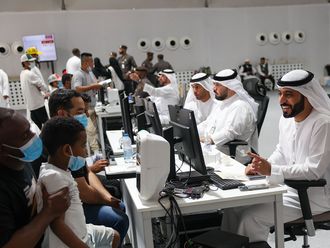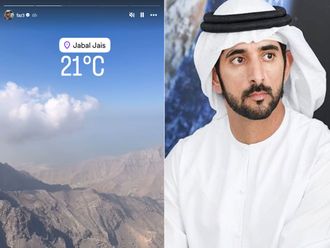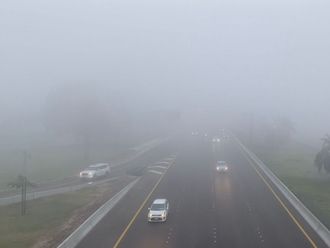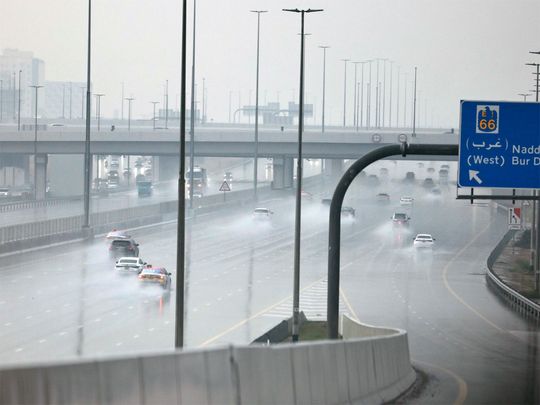
Dubai: UAE residents looking for a reason to cheer this weekend found it in the skies. The National Center of Meteorology's (NCM) cloud seeding division swung into action, dispatching 14 specialised flights over two days to amplify rainfall across the country. Thanks to their efforts, residents enjoyed rainy weather on February 11 and 12, with moderate to heavy rain, and even hail, across the country.
The cloud seeding division of UAE’s National Center of Meteorology (NCM), was extra prepared after weather radars showed that rainy clouds would pass over the country on Sunday and Monday, resulting in wet weather.
In an exclusive interview with Gulf News, NCM’s senior meteorologist, Dr Ahmad Habib revealed: “We completed four flights on Monday, since midnight, and 14 cloud seeding flights, overall, since Sunday.”
What is cloud seeding?
Cloud seeding is a weather modification technique that improves a cloud's ability to produce rain or snow, by encouraging smaller water droplets within clouds to merge into larger, heavier raindrops, ultimately falling to the ground.
The process involves introducing substances like salt crystals into clouds, encouraging the formation of larger raindrops that fall as rain. This technique can only be applied when clouds containing moisture (rain) develop or pass over the country, and doesn't artificially create clouds.
How cloud seeding is done in the UAE
The NCM’s cloud seeding division uses a sophisticated weather surveillance radar (WSR), which is responsible for monitoring the atmospheric pressure and cloud formations around the clock. Feed from live cameras from 26 locations across the UAE are displayed, around the clock, on a wall at the NCM facility in Abu Dhabi.
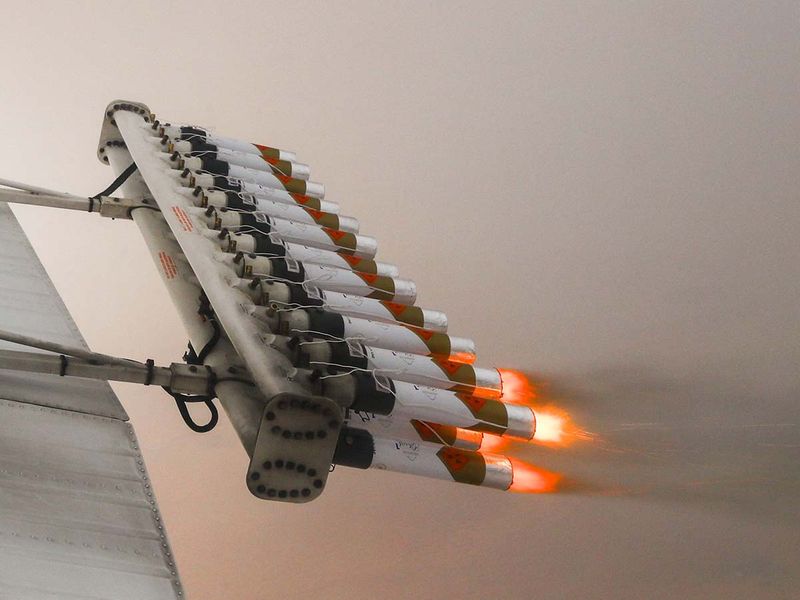
When clouds start to form, a special aircraft goes around them to analyse their formation and moisture content.
Once the pilots confirm that conducive clouds have been found, the NCM aircraft carrying salt crystals mixed with magnesium, sodium chloride and potassium chloride are 'seeded' into clouds. During traditional cloud seeding flights in the UAE, natural salts or hydroscopic agents are shot into clouds to enhance rainfall.
Cloud seeding flights are carried out throughout the year in the UAE, when seedable clouds are detected. Over the past 13 years, the UAE has successfully conducted thousands of cloud-seeding missions in the country to enhance rainfall in the region.
Highest precipitation recorded since Saturday
The top five places that recorded the highest accumulated precipitation since Saturday, according to the NCM, are UAE University, which recorded 145.4mm of rain, Khatam Al Shaklah, which received 127.6mm of rain, Al Sarouj, which received 116.3mm of rain, Umm Ghafa, which received 79.1mm of rain, and Saa, which received 74.8mm of rain. These areas are located in the internal region of Abu Dhabi.
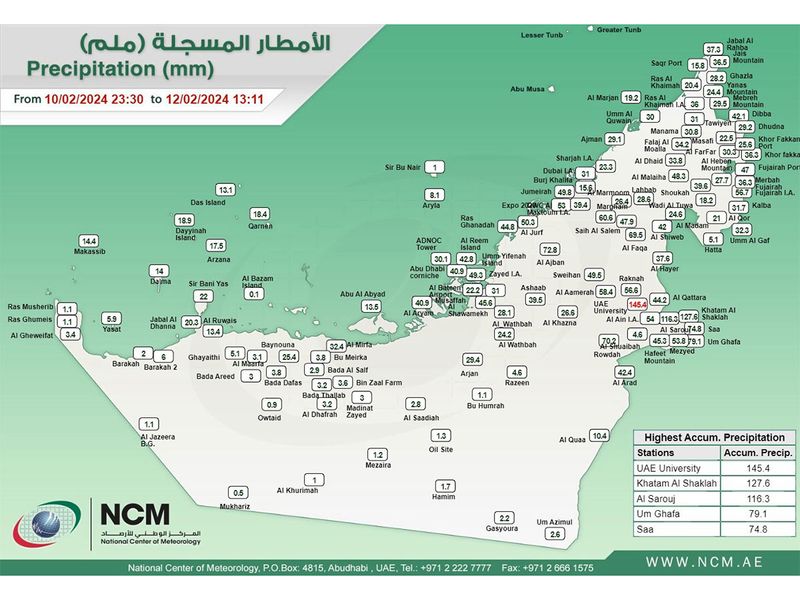
Updated forecast: Cloudy weather till 12pm on Tuesday
Cloud seeding is particularly effective with convective clouds, those fluffy cloud formations that resemble cotton wool stacks. Convective clouds form when the surface temperature increases and causes humid air to rise and condense.
According to the Dr Habib: “Since humidity is high in the atmosphere today there is a chance that more convective clouds will form. If there are more clouds carrying rain, we will send more flights for seeding.”

In an updated weather alert, the NCM said that more convective clouds are expected to form till 12 noon tomorrow. However, Dr Habib confirmed that the intensity of rain will decrease, and moderate to light rainfall is expected over the next few hours. There is very low chance of rainfall tomorrow, based on the current forecast.
“In the daytime, there is a slight chance of low intensity rainfall in scattered areas in the north and east of UAE,” he said, adding that a drop in temperatures is expected today, with temperature highs averaging between 20 to 25 degrees Celsius.
“Temperatures will be steady tomorrow and start gradually increasing on Wednesday,” he added.


